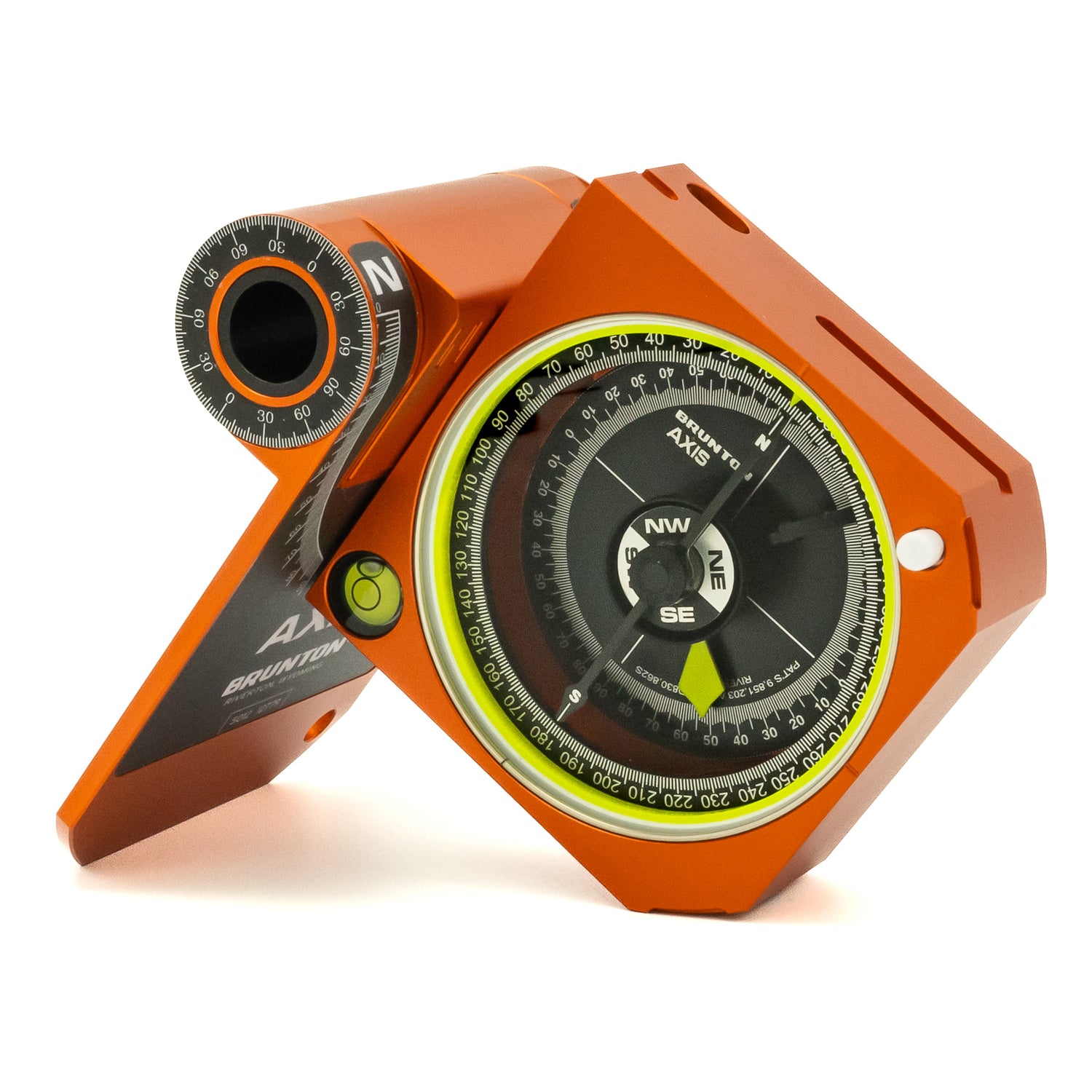Overlanding is one of the most fun ways to get your flush mount compass moving.
Overlanding has become increasingly popular as more and more outdoor and motor enthusiasts seek wild places, privacy, and a test of their technical abilities. Overlanding is to off-roading what backpacking is to camping, taking the same concept and taking it further into the backcountry, while carrying all the supplies you’ll need with you. A compass is crucial to help you find your way when you are far beyond the reach of cell phone towers and find yourself in unfamiliar territory without landmarks, or if you’re crossing a region at night.
Preferably, you want a flush-mount compass that can easily be read from a level, flat part of your vehicle’s dashboard. You also want a compass with built in reciprocation so you can easily find your way back to a starting point without having to make calculations in your head. You also want a compass designed for use in a vehicle, whether by land or by sea.
When properly calibrated, a flush-mount marine compass can work just fine in a truck or van, since it’s designed to work while moving and with changes to the pitch and angle it’s working from. That’s great news, too, if you are hoping to reach secret, remote put-in spots for kayaking or canoeing while on your overlanding expedition— this way, you can transfer your compass from truck to boat without missing a beat.
If you want to put your flush mount compass to the test and watch that needle start dancing as you head out, try these destinations:
Black Bear Pass, Colorado
Talk about a wild ride! This infamous trail is the hardest one of this list with intense switchbacks descending by Colorado’s famous Bridal Veil Falls. Only about eight miles long, you won’t feel shorted after seeing Ingram Basin, past Ingram Lake and the Black Bear Mine. This might not require as much navigation as other trails, but the steps you’ll never to work your way down will test your skills behind the wheel. The Forest Service recommends you have high clearance, short wheel base, four wheel drive to manage Black Bear Pass.
The Trans-America Trail, U.S.
Running from North Carolina to Oregon, this trail was developed by motorcycle aficionado Sam Correro who wanted to cross the country without touching pavement. Today the Trans-America trail can accommodate even four wheel vehicles and does involve some public roads. It’s still an unbeatable chance to see the country from another perspective. These five thousand miles can be navigated using a combination of maps and roll-charts or GPS tracks, though it seems the later aren’t as accurate or can lead you astray onto private land. Stay out of trouble and have more fun by using you trusty flush mount compass.
Cape Lookout National Seashore, North Carolina
Your journey will start when you take a ferry from the mainland to this remote section of North Carolina’s coast. It’s a good idea to measure your vehicle so the ferry operators will know if they can accommodate your rig. Don’t forget your surfboard or kayak, either. The Outer Banks offer far more fun to be had than just overlanding. Follow 15 miles of singletrack through the sand to Cape Lookout Lighthouse. It’ll definitely be a different experience than sending your four wheel drive up over boulders and slickrock. There are cabins you can enjoy on the island, but if you have a camper van or tent setup, all the more fun.
Death Valley, California
If you really want to wander, Death Valley is the place. Pack lots of water, naturally, and extra jerry cans of gas. With those provisions in place, not to mention 4 wheel drive, you’ll be way ahead of the pioneers who made this desolate stretch famous. If you want an extra challenge, head for Lippincott Pass. Warm Springs Camp is also pretty popular, and if you want to take a break from dispersed camping you can try to snag Geologist’s Cabin. You’ll definitely want to rely on a compass in Death Valley— it’s remote, harsh, and wide open, so you won’t want to run the risk of getting lost, which is a possibility even with GPS.


